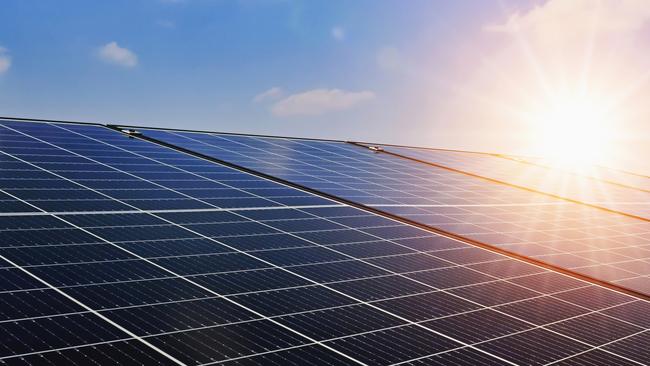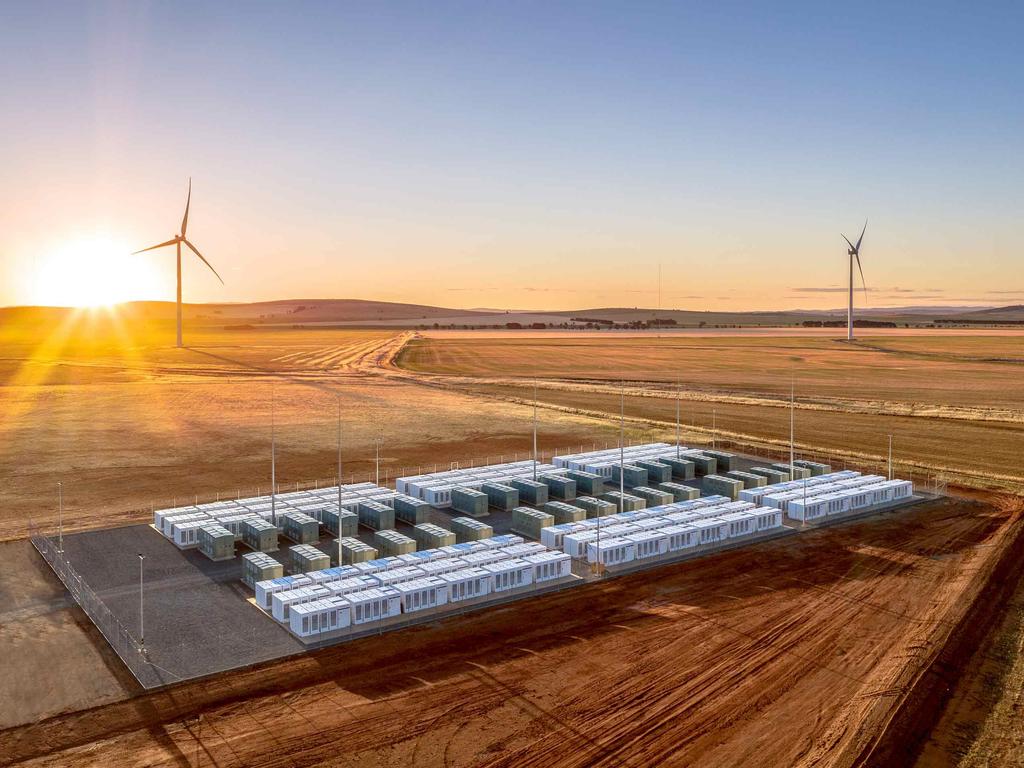Renewable energy domination on the way: AEMO
An ambitious plan to have Australia’s entire power grid run from renewables for short bursts remains on track, the Australian Energy Market Operator says.

An ambitious plan to have Australia’s entire power grid run from renewables for short bursts remains on track, with solar energy continuing to eat into the dominance of coal, the Australian Energy Market Operator says.
Solar power eclipsed coal on August 22 for the first time since the National Electricity Market was created more than two decades ago, while brown coal generation in Victoria hit a record low on the weekend as renewables contributed 65 per cent of the state’s power supply.
The trend saw AEMO’s new boss Daniel Westerman recently set a goal for the grid to be able to handle instances of 100 per cent renewables by 2025.
“We don’t have the tools yet to manage that scenario. But we are confident AEMO and the industry can work collaboratively to engineer grids that are capable of managing such high penetrations of renewables,” Mr Westerman told The Australian.
South Australia broke new ground nearly a year ago, with solar providing 100 per cent of its energy needs for an hour.
The rapid take-up of rooftop solar will continue to transform the power grid, with a further 8.9GW of combined commercial and household solar due online by 2025, potentially supplying over three-quarters of total electricity demand at times by the following year.
“At current rates of large-scale wind and solar development, there could be sufficient renewable resources available in 2025 to meet 100 per cent of underlying consumer demand in certain periods,” AEMO said in its annual electricity statement of opportunities. “Further, the growth in distributed PV continues to meet more daytime consumer demand, driving down minimum demand from the grid even faster than projected last year.”
Coal accounts for up to 70 per cent of supply in the national electricity market, but generators are having to change tack and switch off during the day when they cannot compete with cheap and surging solar supplies.

The need for back-up power once coal leaves the system is also highlighted by AEMO.
The expected exit of Yallourn in 2028 and NSW’s Vales Point and Eraring units from 2029 would see reliability gaps in Victoria from 2028-29 and NSW from 2029-30 if no back-up generation or transmission projects are delivered to market.
“Once all units of Vales Point Power Station and Eraring retire, expected unserved energy increases rapidly. It is estimated that approximately 2500 MW of new firm capacity would need to be available throughout the year to restore reliability below the reliability standard by the time both power stations are closed,” AEMO noted.
Snowy Hydro’s 2.0 expansion and the HumeLink transmission connecting it to the grid would go some way to easing stress on the system.
“The development of HumeLink, once committed, would significantly reduce the supply scarcity risk in NSW, and increase the national electricity market’s resilience to uncoordinated generator exits, by unlocking 2000MW of capacity from Snowy 2.0,” AEMO said.
“Further, as part of the ESB’s Post 2025 Market Design reform pathways100, mechanisms are being explored to manage the exit of coal-fired generation by giving incentives for the right mix of supply resources, to avoid reliability shocks to consumers.”
Australia’s energy ministers late on Friday gave initial backing to a controversial new payment incentive to keep sources of power generation including coal in Australia’s electricity system, swatting away renewable investors who demanded they reject the plan.
Energy ministers will meet again in September before agreeing on a final reform package for national cabinet.
The future of the ESB was also debated, given views that it had now completed essential design work to reconfigure the grid for the energy transition. A reformed ESB may be developed, the meeting concluded.





To join the conversation, please log in. Don't have an account? Register
Join the conversation, you are commenting as Logout